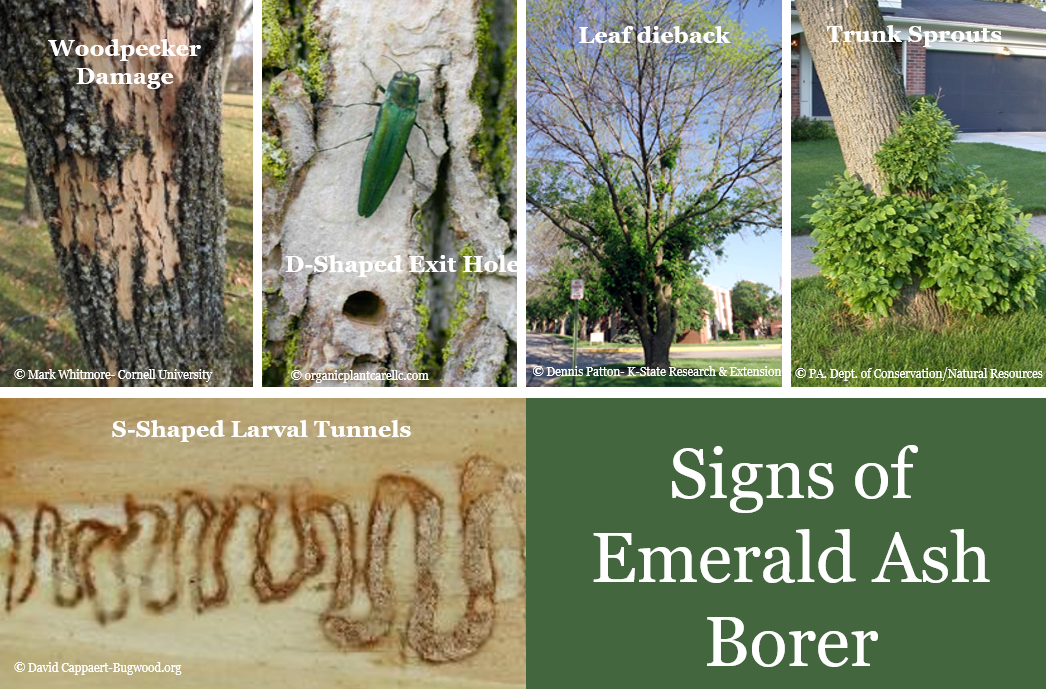EAB: Protect Your Ash Trees! Treatments & Removal Guide
Is your majestic ash tree under threat? The Emerald Ash Borer (EAB), a seemingly innocuous insect, is a formidable foe capable of decimating ash tree populations, leaving behind a trail of destruction across North America.
The Emerald Ash Borer (EAB), scientifically known as Agrilus planipennis, poses a significant threat to ash trees. This invasive beetle, native to East Asia, has wreaked havoc since its discovery in North America. First detected in the U.S. near Detroit, Michigan in 2002, the EABs presence has since spread, making it the most destructive forest pest in U.S. history. It's believed to have arrived earlier, possibly in the 1990s, hidden within solid wood packing materials from Asia. The insects life cycle and feeding habits cause significant damage, often leading to the tree's demise.
| Aspect | Details |
|---|---|
| Scientific Name | Agrilus planipennis |
| Common Name | Emerald Ash Borer (EAB) |
| Origin | East Asia |
| Discovery in North America | 2002 (Near Detroit, Michigan) |
| Damage Caused | Larvae tunnel under the bark, disrupting nutrient pathways, ultimately killing the tree. |
| Appearance | Adults are metallic emerald green beetles with hardened front wings (elytra). |
| Threat Level | Most destructive forest pest in U.S. history |
| Spread | Detected in at least 24 states, including Kansas (2012), and areas like Boulder, Lafayette (Colorado), and Fort Collins (May 2020). |
| Host Trees | Ash trees (Fraxinus spp.) |
| Introduction Method | Likely introduced through infested solid wood packing material from Asia. |
The EABs impact is extensive. It attacks ash trees by laying eggs on the bark. The larvae then tunnel beneath the bark, feeding on the trees phloem and cambium. This disrupts the flow of nutrients and water, starving the tree and eventually leading to its death. Understanding the insects life cycle is key to timing treatments effectively, helping to protect vulnerable ash trees. The damage caused by the EAB can be irreversible if left unchecked. Early detection and proactive measures are key to mitigating the damage. Lightly infested ash trees showing only minor canopy decline can be saved with insecticide treatments.
Several treatment options are available to combat EAB infestations. Insecticide treatments are a primary defense. Understanding the options and their suitability based on specific situations is crucial for the health and longevity of ash trees. Systemic insecticides are often used, where the chemicals are absorbed by the tree and distributed throughout its tissues, making them toxic to the borers. Homeowners can find insecticide products summarized in tables, and should consult with certified arborists or pesticide applicators for optimal treatment plans.
One such option is Acecap systemic insecticide tree implants (acephate). Begin insecticide treatments when the EAB poses a moderate to high risk of damaging your ash trees, especially once the borer has reached your community or neighborhood. This proactive approach is vital in controlling the spread of the pest. It's important to note that treatment cannot reverse damage that has already occurred. For trees with more than 50% canopy thinning, removal and disposal according to local guidelines is usually recommended.
A comprehensive approach to managing EAB includes early detection through tree inspections, diverse planting strategies (avoiding monocultures of ash trees), and expert consultations with arborists. Local authorities can provide valuable guidance and support. Preserving the vitality and aesthetics of ash trees requires a dedicated approach to management.
Proper firewood handling is another critical aspect. Only using local firewood can prevent further spread of EAB, as the eggs may be hidden under the bark and go unnoticed when transported on wood from infested areas. The spread of this invasive pest can be controlled through proactive measures and collaboration with local authorities.
For homeowners in Missouri, the Emerald Ash Borer (EAB) poses a significant threat to ash trees, potentially killing unprotected ash trees. Several trees can be saved with the careful use of systemic insecticides. It is important to be aware of the stages in an integrated disease management program. Studies are underway to establish an integrated management strategy for the EAB. Hybridization of North American ashes with Asian species could produce trees more able to resist attack by the EAB.
The situation in Colorado, particularly in Denver, is a cause for concern. The EAB has arrived, and residents are facing an overwhelming array of treatment choices. Since its detection in 2002, the EAB has spread through various states, significantly affecting ash tree populations. For detailed discussions on this topic, resources like the University of Wisconsin Garden Facts XHT1215 can be consulted to determine if treatment is warranted. It is important to follow local, state, and federal guidelines for the removal and destruction of ash trees with more than 50% canopy thinning. The USDA Forest Service in the Pacific Northwest provides important environmental and forestry information.
The Emerald Ash Borer is a metallic green beetle that bores into ash trees feeding on tissues beneath the bark, ultimately killing the tree. It is not native to the United States and was first found in the U.S. near Detroit, Michigan in 2002. The Emerald Ash Borer (EAB), Agrilus planipennis, is a beetle (Coleoptera) in the family Buprestidae. Adult EAB appear metallic, with emerald green hardened front wings (elytra).


